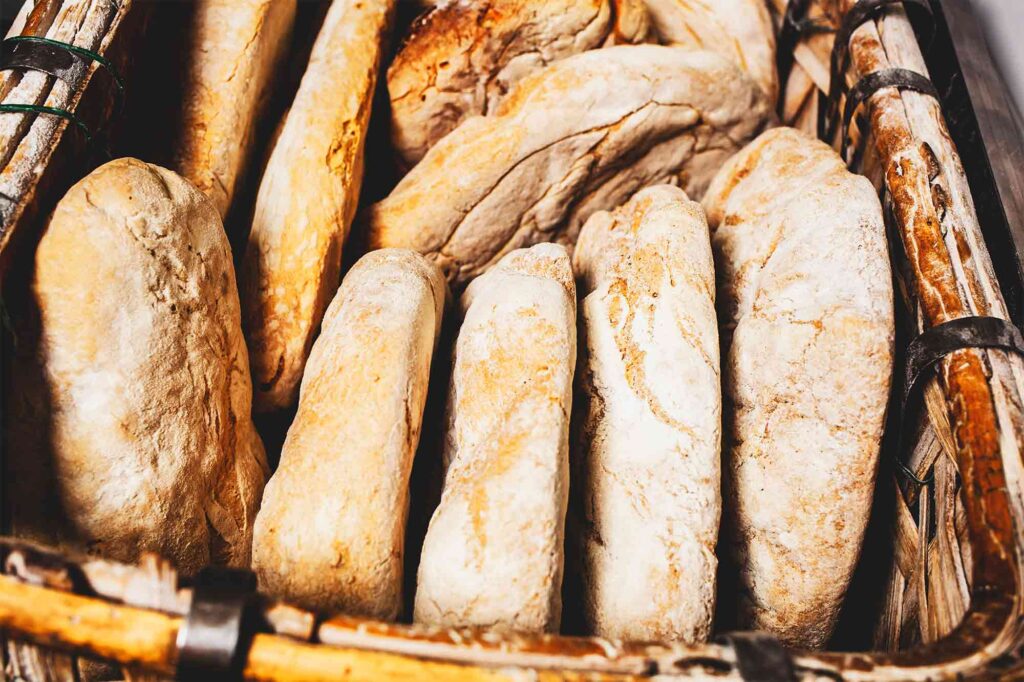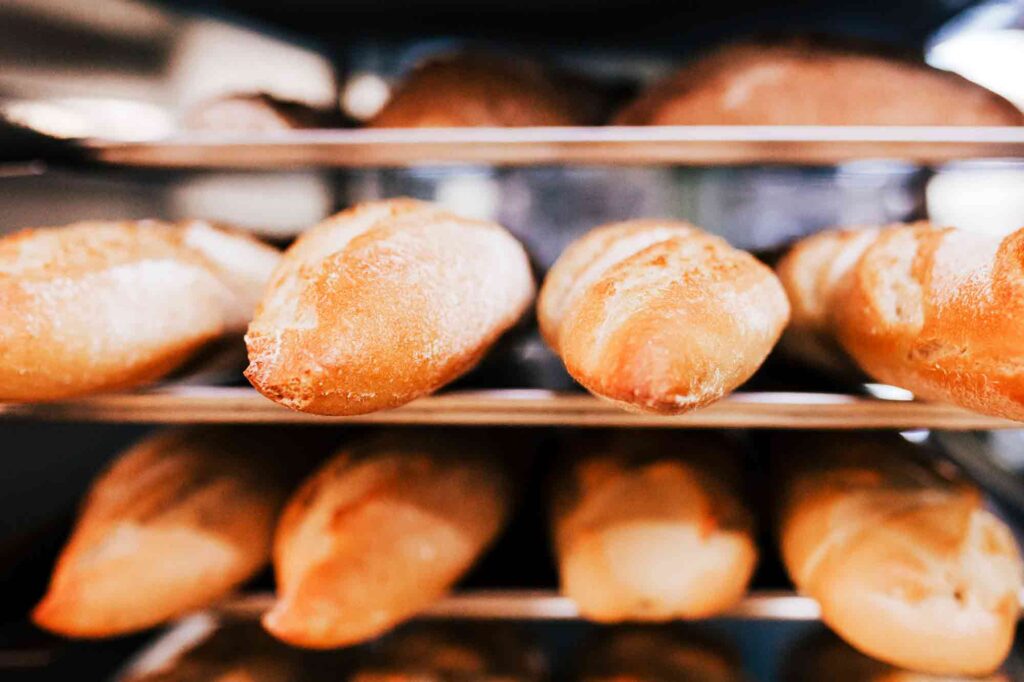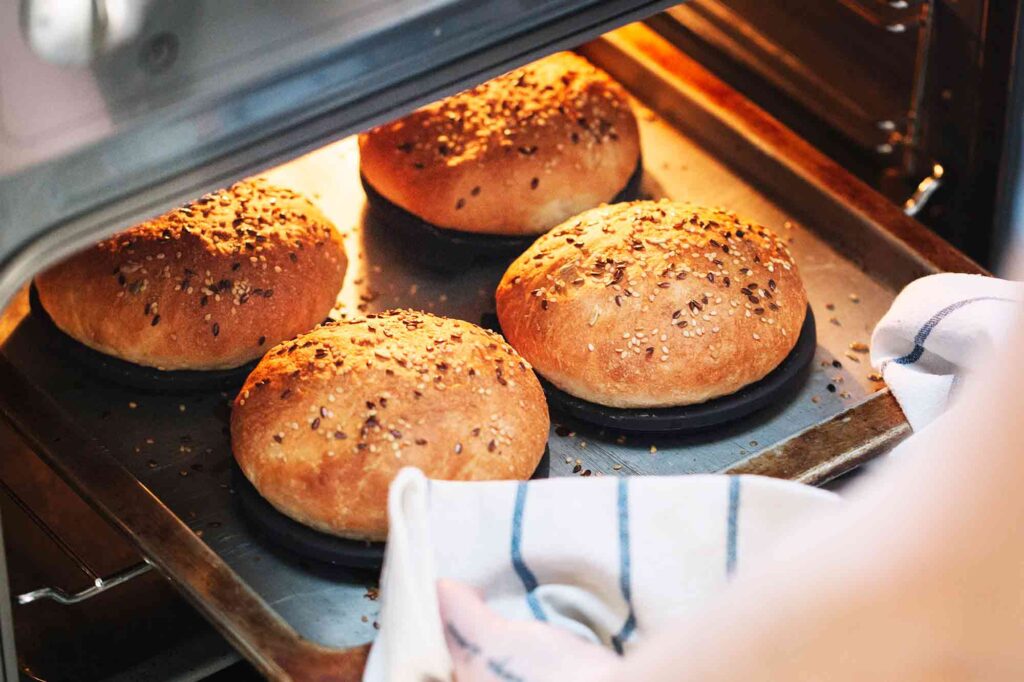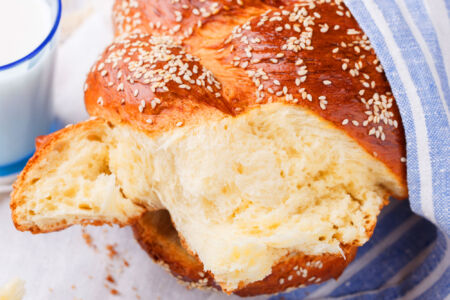How To Breathing New Life Into Dry Bread? Actually it is quite easy, we'll tell you how.
Bread, a staple in many households, often finds itself going stale before we can fully enjoy it. But before you toss that hardened loaf into the trash, consider this: there's a simple yet remarkable technique that can revive your dry bread and transform it into a soft, delicious treat.
Thanks to a bit of practice and some kitchen magic, you can bring back the freshness and flavor of your once-dry bread.
In this article, we'll explore the science behind stale bread and reveal how you can give it a new lease on life.
Super Soft and Fluffy Milk Bread Loaf (Video)
This is the perfect bread to make for transitioning from a processed foods kitchen to a Traditional Foods Kitchen.
The Science of Stale Bread
Bread goes stale primarily due to a process known as retrogradation.
When bread is baked, the starches in the flour absorb water and form a gel-like structure. As time passes, this structure begins to break down, causing the bread to lose moisture and become dry and tough.
This is a natural occurrence, but it doesn't mean the bread is destined for the trash.

The Revival Process
Reviving stale bread is a simple and effective process that involves reintroducing moisture to the bread and then refreshing it. Here's how to do it:
Artisanal, Folded Bread Recipe (Video)
I’m sharing a homemade, artisanal folded bread recipe now, which will be ideal for anytime, as is incredibly delicious, and usually I make 2 times a week.
- Moisture Reintroduction
Start by lightly moistening the entire surface of the bread. You can do this by sprinkling a small amount of water onto the crust or by using a damp cloth. Be cautious not to overdo it, you don't want the bread to become soggy. - Oven Revival
Once the bread's surface is damp, preheat your oven to 190°C (375°F). Place the bread on the center rack for about 5-10 minutes. This will allow the moisture to distribute evenly and soften the bread's interior. Keep an eye on it to prevent overcooking. - Steam Method
Alternatively, you can use the steam method. Preheat your oven to 175°C (350°F). Place a small oven-safe dish filled with water on the lower rack and the bread on the upper rack. The steam from the water will help rejuvenate the bread's moisture content. - Microwave Technique
If you're in a hurry, you can sprinkle the bread lightly with water, wrap it in a damp paper towel, and microwave it for 10-15 seconds. Check its texture and repeat if necessary.
Famous Fried Bread (Lángos) Recipe (Video)
Lángos is a fried dough that can be bought in every corner of Hungary, but it’s also available in the Hungarian-speaking regions of Romania, Slovakia and Serbia.
Practice Makes Perfect
It's important to note that reviving stale bread takes a bit of practice to get just right. The key is to strike the balance between adding enough moisture to soften the bread without making it soggy.
Over time, you'll become better at gauging how much moisture your specific loaf requires.

Instead of discarding dry and stale bread, why not give it a second chance at deliciousness?
By understanding the science behind bread staleness and practicing the techniques mentioned above, you can breathe new life into your loaves and enjoy fresh-tasting bread once more. So, the next time you encounter a crusty, dry baguette or an aging sandwich loaf, remember that with a little practice, you can turn it into a soft and flavorful treat that's perfect for sandwiches, toast, or croutons.
Happy bread revival!




